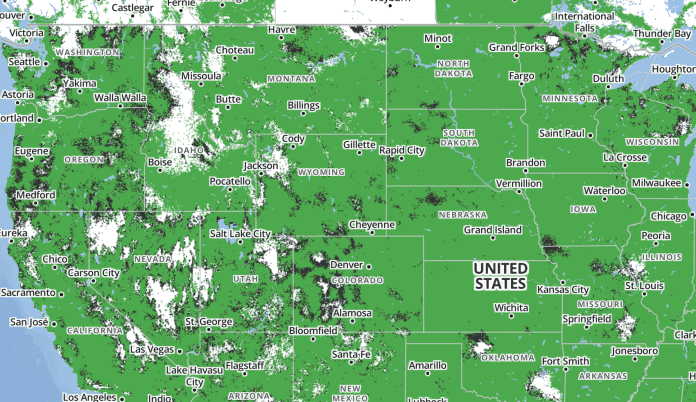Has Verizon cracked the code on the NB-IoT business case?
LOS ANGELES–During Mobile World Congress Los Angeles this week, Verizon Business made a major upgrade to its Internet of Things (IoT) offering in an effort to capture new revenue from enterprise digitalization investments in manufacturing, healthcare, utilities, retail, and other high value sectors. The carrier highlighted the price point of NB-IoT modules and connectivity, and also said it has made its nationwide 5G network, which utilizes Dynamic Spectrum Sharing technology, available for compatible IoT devices.

Speaking with Enterprise IoT Insights ahead of the show, Verizon Business Chief Revenue Officer Sampath Sowmyanarayan said, “We’ve focused a lot of energy on getting the right price point on IoT,” citing figures of sub-$1 for connectivity plans and sub-$4 on an NB-IoT module from Quectel that uses a Qualcomm modem. “It’s turnkey,” he continued. “You go boot up the device and it connects to ThingSpace. You put it in place and we can get 15, 20 years worth of service. Utility companies like that.”
With the installed base of smart electric meters booming at a global scale, the IoT analysts at Berg Insight project that NB-IoT and LTE-M will be used to connect 57% of smart electric meters in 2026, up from 25% in 2020. The firm sees the installed base of smart electric meters hitting around 227 million units in 2026. NB-IoT and LTE-M are also used more broadly in the utilities space to connect things like gas meters and water and sewage infrastructure components.
With its updated end-to-end IoT offering, Sowmyanarayan described the expected revenue ramp as going from “pennies to millions, millions to billions. In that context, we’ve been wanting to get to this price point.” Beyond price point, he said customers have also pushed for long-term connectivity plans and simplicity. “Those three big concerns, we’ve taken them out very methodically.”
ThingSpace is Verizon’s IoT management and service marketplace. The company also announced a new “intelligence suite” for ThingSpace which is being trialed now ahead of commercial availability later this year. The goal of the new marketplace options is to “allow customers to protect against, detect, and respond to device connectivity issues and threats,” according to a statement.
Executives from Quectel and Qualcomm also contextualized the NB-IoT module and connectivity price points as key to driving adoption. Quectel CEO Patrick Qian said the pricing “is transformative and will make a huge variety of IoT use cases possible for the first time.”
Qualcomm supplied its 212 LTE IoT modem for Quectel’s BC660K-GL module. Qualcomm SVP of Product Management Jeffery Torrance said the combined offering from Verizon will “support the proliferation of next generation, low-power global IoT devices.”
In terms of the business contours of NB-IoT, it’s a difficult rationalization because the broadest adoption is by far in China and is driven by state-sponsored incentives, flat-rated connectivity, and commoditization of hardware. And despite the scaled adoption of NB-IoT in China, it’s also home to “zero percent of the profits,” according to Nordic Semiconductor Chief Technology Officer Svein-Egil Nielsen.
“No one is making money in China,” he said in a recent interview. That to say, it’s not a model that should be applied in other markets. “That is the learning from China – that no one has made money. Which you shouldn’t copy, ever. China commoditized NB-IoT to the extent the profit vanished from the market.”
For more on the state of the global NB-IoT market, download the report “NB-IoT – what has gone wrong, and when will it go right?”

